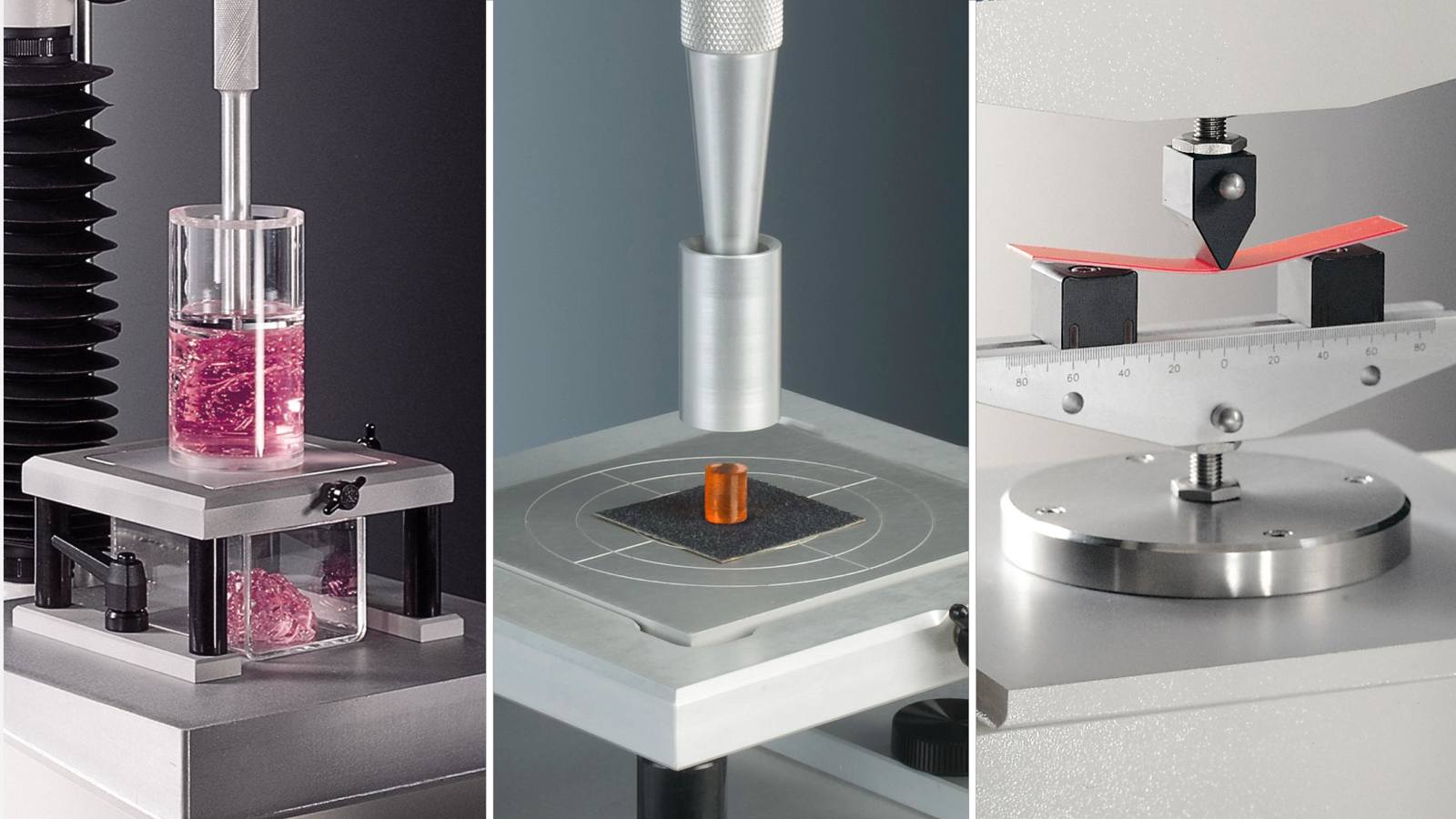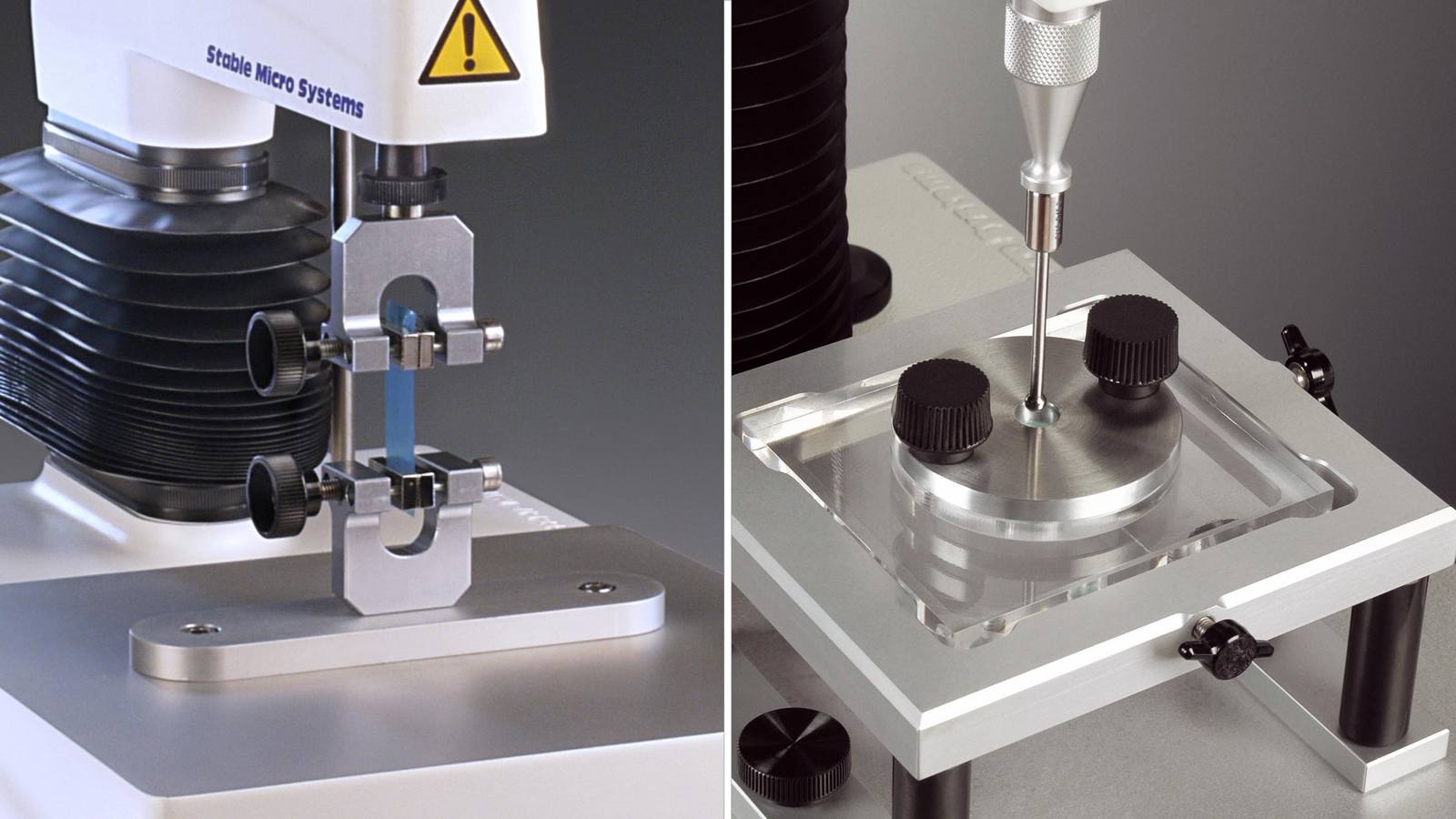
3D printed materials for the pharmaceutical industry: Update on Texture Analyser research

The advancement of 3D printing technology has created new opportunities in the pharmaceutical industry, enabling for the design of customised and complicated drug delivery systems, as well as the fabrication of implants and tissues. Yet, depending on printing process parameters such as nozzle size, layer height, and material composition, the mechanical properties of 3D printed medications might vary dramatically. It is critical to employ a Texture Analyser during the development phase to ensure consistent and predictable properties of 3D printed pharmaceuticals. Scientists can optimise the printing process to attain the necessary qualities by analysing the mechanical properties of 3D printed medical materials. This can help to ensure that the products have the necessary strength, disintegration, and dissolution behaviour for effective drug delivery or are structurally fit for purpose.
Like with any manufacturing innovation, the finished 3D printed product must undergo quality control to assess its physical properties. A Texture Analyser is an important part of this procedure because it provides a reliable way to test the mechanical properties of 3D printed objects by using a variety of compression, tension, extrusion, adhesion, bending, or cutting tests to measure a product's physical properties such as hardness, elasticity, tensile strength, flexural modulus, fracturability, and compressibility, to name a few.
Examples of how 3D printing materials can be tested
Extrusion: The printability of materials used in extrusion-based 3D printing is one of the most important properties especially when fabricating objects with architectural complexities. This parameter is influenced by several factors (temperature, components, and additives) which makes thorough evaluation and classification challenging. Extrusion tests are usually performed to predict ink printability which is governed by consistency.

Compression: A Texture Analyser can be used to perform compression testing on samples to characterise their mechanical properties which are important for their structural integrity.
Flexure and Bending: Potential materials can be assessed to see whether then have suitable flexibility and biocompatibility
Puncture, Elongation and Tension: Orodispersible films (ODFs) are promising dosage forms for children or elderly people who may face swallowing problems with solid oral dosage forms. By printing active pharmaceutical ingredients onto orodispersible films, the flexibility of drug dosing is increased and provides potential for personalised medicines.

Burst strength, tensile strength and film flexibility on a Texture Analyser
Extrusion 3D printing can be utilised to produce transparent, smooth and thin, yet flexible and strong orodispersible films containing therapeutic doses. Using a Texture Analyser the films can have their burst strength and flexibility properties measured as part of their all-important physical characteristics that could impact on their usability.
Latest research pioneers in 3D printed pharmaceuticals
The following are examples of work carried out in this field in 2023 at such institutes as University of Huddersfield, Universidade Federal do Rio Grande do Sul, Universidade de Santiago de Compostela, Liverpool John Moores University, Virginia Commonwealth University, using the Texture Analyser.
- Simultaneous fabrication of multiple tablets within seconds using tomographic volumetric 3D printing
- Improving drug release rate, drug-polymer miscibility, printability and processability of FDM 3D-printed tablets by weak acid-base interaction
- The Use of Micro-Ribbons and Micro-Fibres in the Formulation of 3D Printed Fast Dissolving Oral Films
- Design and optimization of ciprofloxacin hydrochloride biodegradable 3D printed ocular inserts: Full factorial design and in-vitro and ex-vivo evaluations: Part II
- 3D Printable One‐Part Carbon Nanotube‐Elastomer Ink for Health Monitoring Applications
- Biphasic burst and sustained transdermal delivery in vivo using an AI-optimized 3D-printed MN patch
- In-situ ionic crosslinking of 3D bioprinted cell-hydrogel constructs for mechanical reinforcement and improved cell growth
- Development of 3D printable bioresorbable drug eluting coronary stents: An experimental and computational investigation
- A critical review of traditional and advanced characterisation tools to drive formulators towards the rational development of 3D printed oral dosage forms








